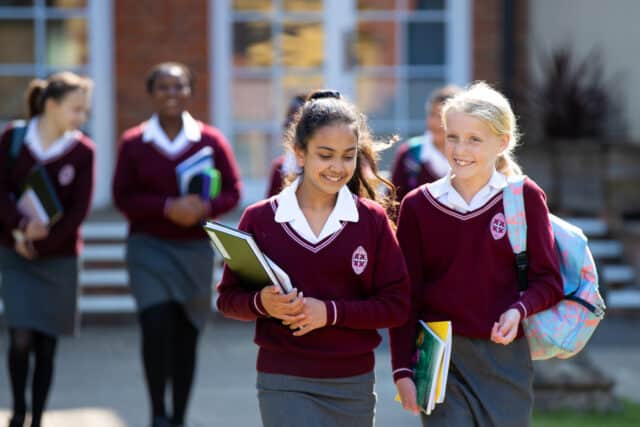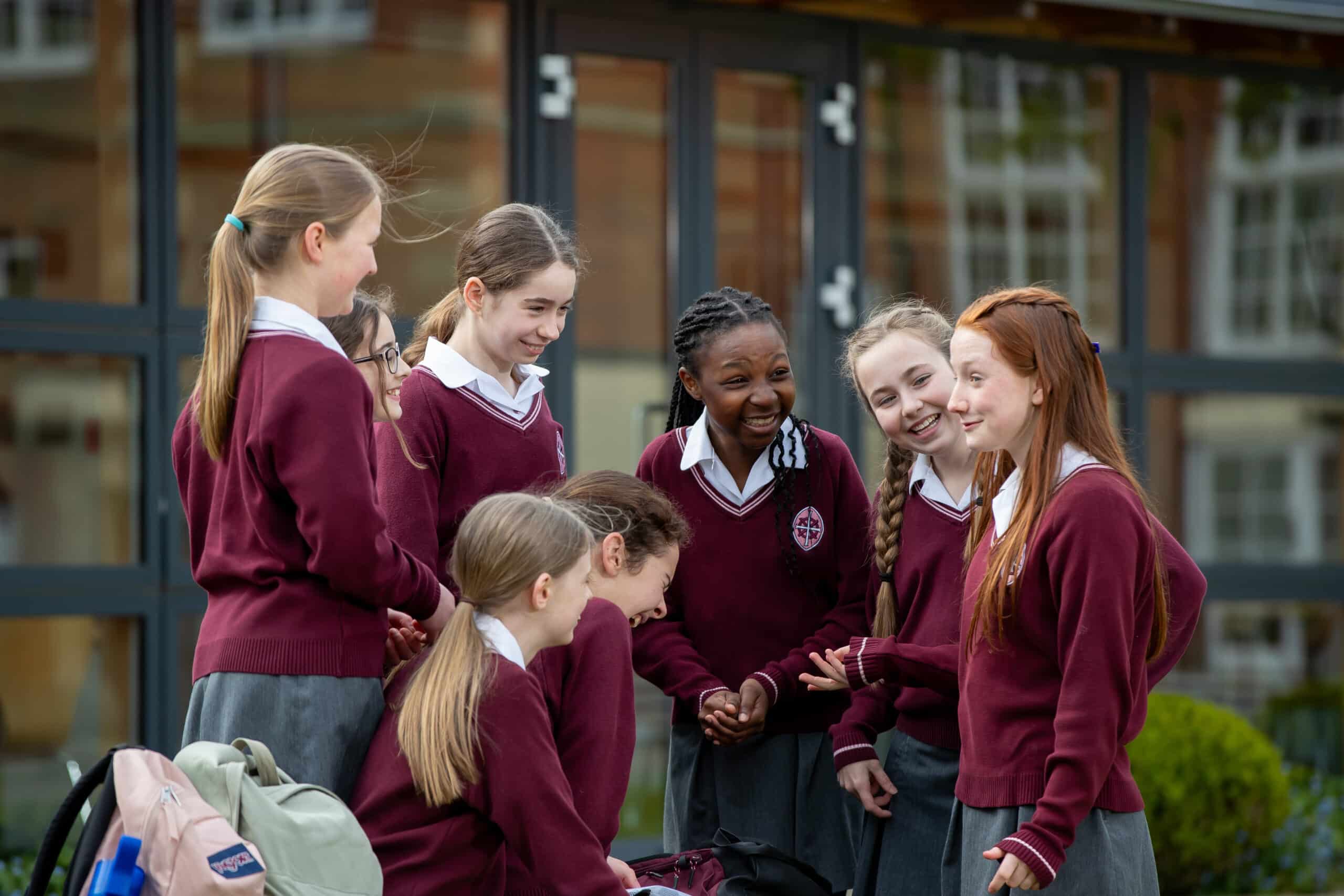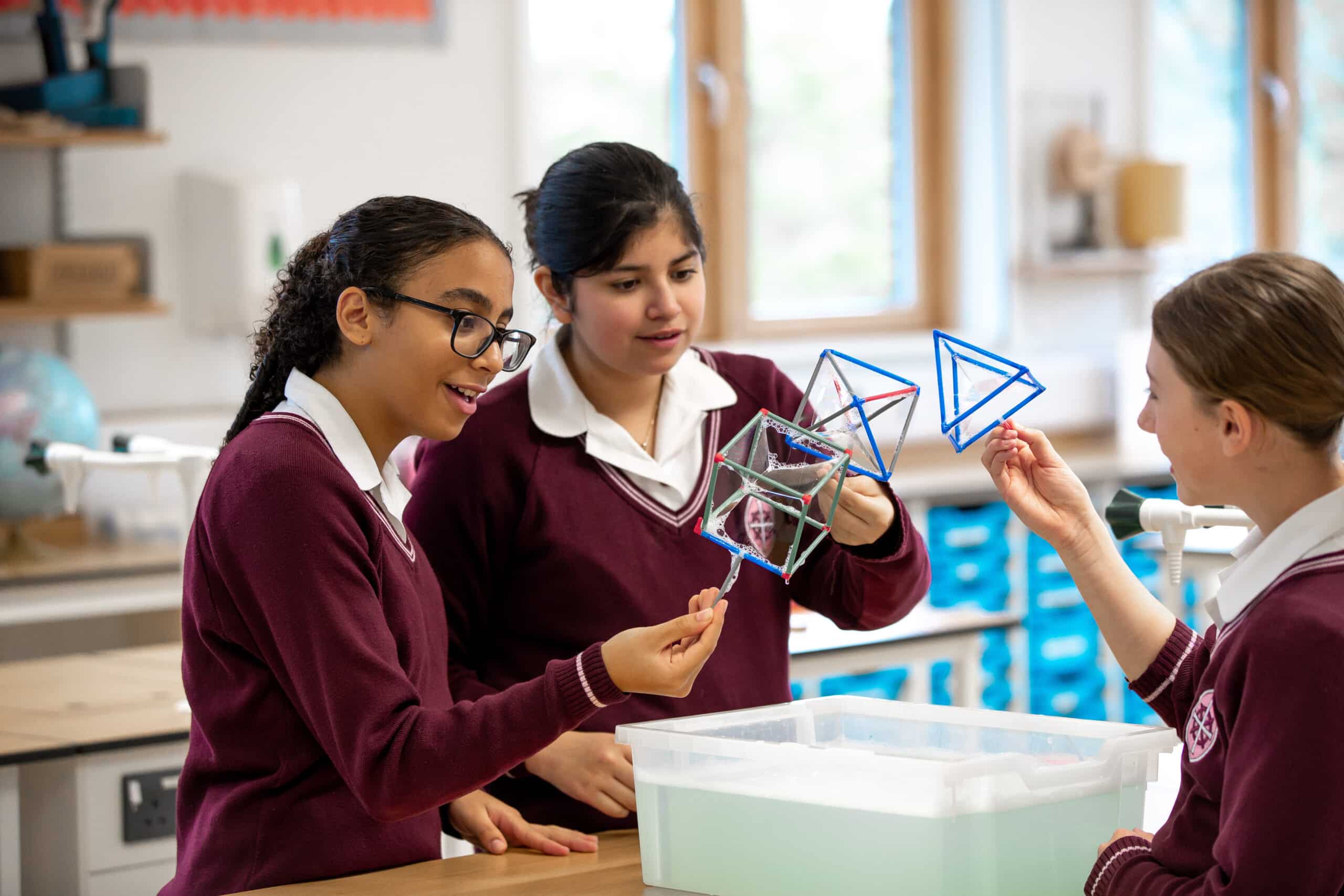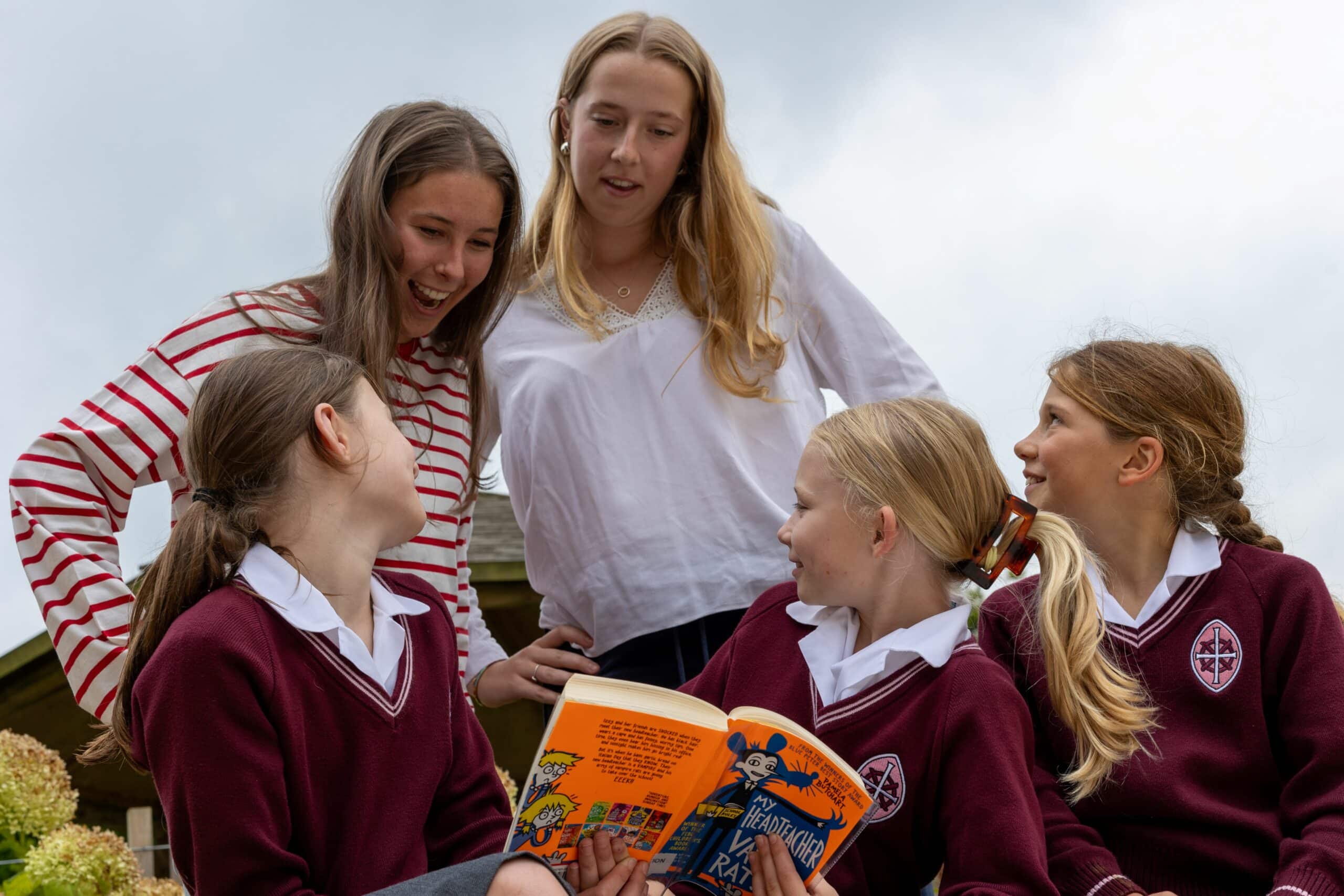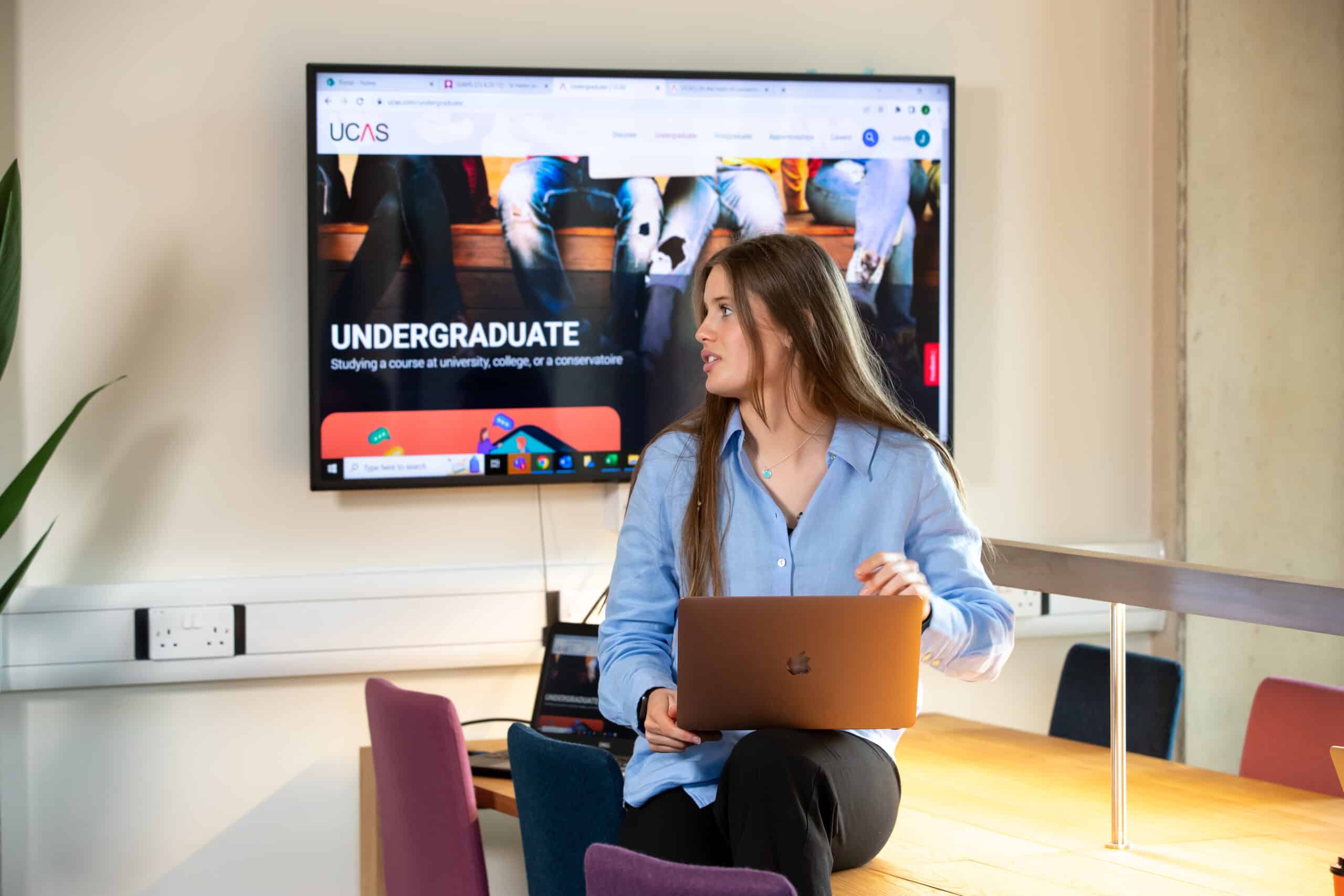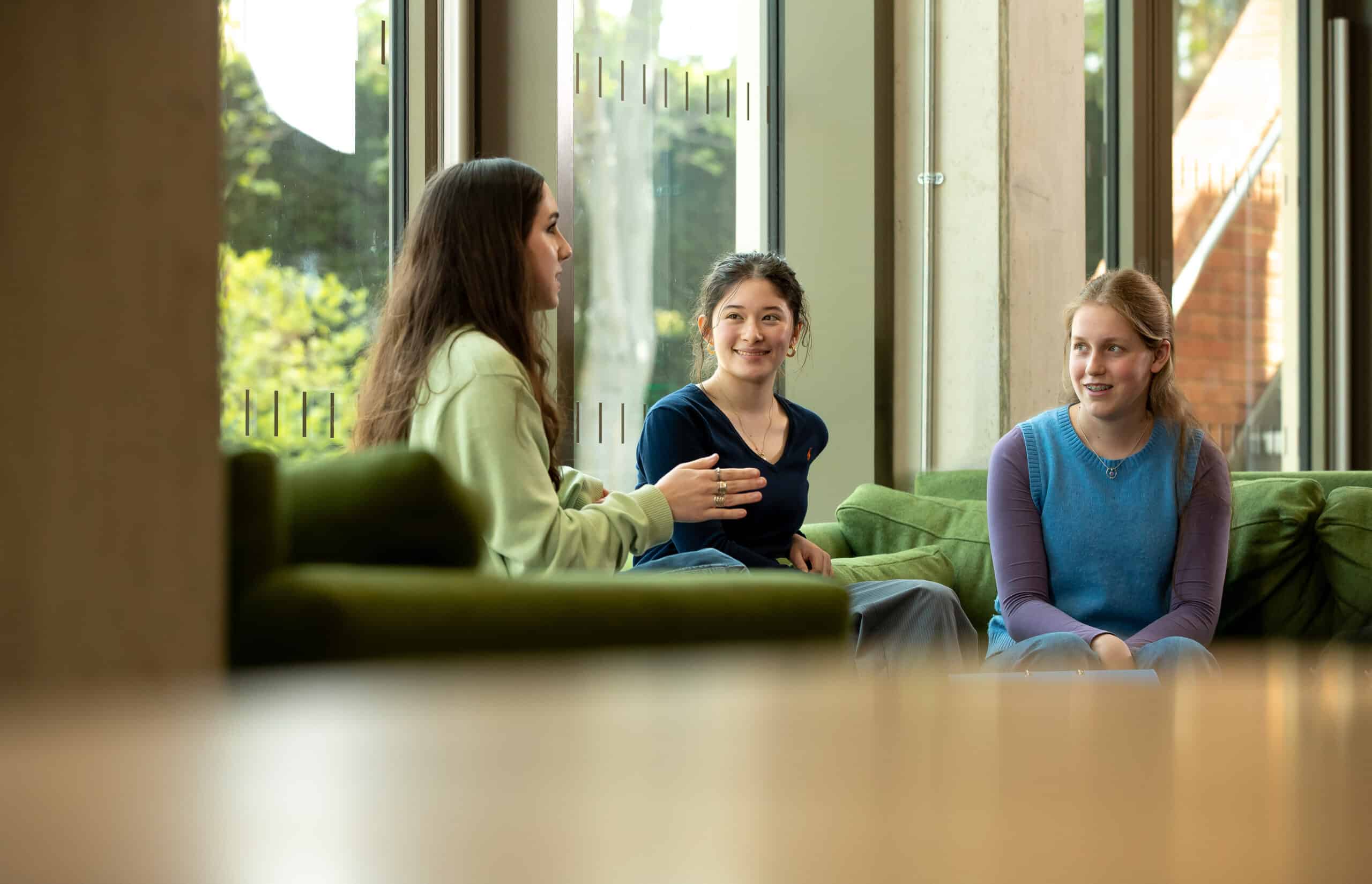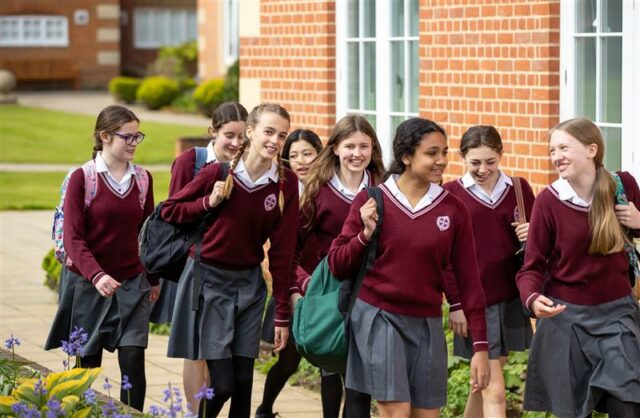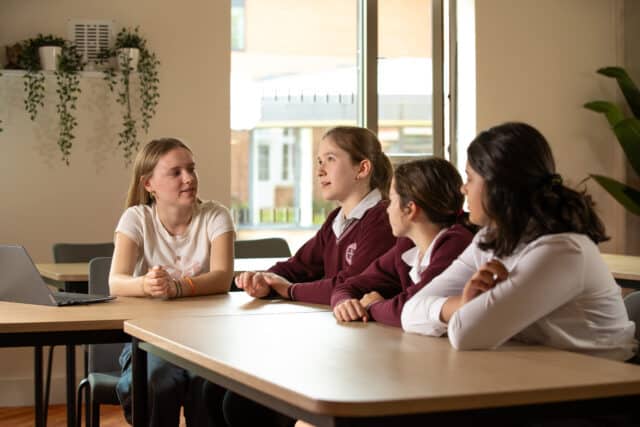Food is pretty high on the agenda when it comes to tackling climate change. The global food system is responsible for about a quarter of all greenhouse gas emissions.
These emissions are not just limited to carbon dioxide; our food system also produces a significant amount of methane, which is 28 times more powerful than CO2 at warming the planet. Methane is also produced when food is thrown away and goes to the landfill where it rots.
The UN estimates that about one-third of all the food produced in the world is thrown away before it even gets to the table. If we all stop wasting food, we could cut greenhouse gas emissions by around 8–10% – but it requires everyone to play their part.
In some cultures, the very notion of wasting food is unthinkable and even shameful. As part of St Helen’s Climate Change Fortnight, Year 9 food and nutrition students have come up with lots of ideas for you to use in the home. Spread the word!
Vegetables
- Use the whole produce: cauliflower leaves and stalks can be eaten as well as the florets, while broccoli stalks can be chopped finely and used too.
- Don’t peel vegetables if you don’t need to. Keeping the skin on vegetables not only reduces food waste but also adds extra fibre to our food (just make sure to give them a wash)
- Make a delicious soup with older vegetables rather than throwing these away.
- Avoid buying bagged vegetables: not only is this a waste of plastic, but you might not need it all. If you choose unbagged items of fruit and vegetables, it’s often cheaper too.
Love your freezer
- Freeze chillies, ginger and bread: all these foods can be frozen and used when needed. Chillies and ginger can be grated into food, straight from the freezer. Bread is one of the most wasted foods so if you’re not sure you are going to use the whole loaf in the next couple of days, freeze it.
- Freeze lemon and lime wedges to put in cold drinks.
- Freeze berries that look a bit squishy to use in smoothies.
- Freeze overripe bananas for future use in cakes, smoothies etc.
- You can even freeze milk; it takes about a day to defrost in the fridge.
Plan
- Measure things like rice and pasta before you cook them so you don’t cook too much (75g uncooked rice and 100g uncooked pasta per person)
- Plan your weekly meals and snacks before you go shopping so you only buy what you need.
- By keeping track of dates, you can plan what needs to be used by a certain date and therefore isn’t left to go off.
- Always read the labels. Food labels tell us how to store food safely and when to eat it. They also provide guidance on how to freeze produce if it is not frozen already.
Other ideas
- Embrace the crusts at the end of the loaf! There is really nothing wrong with it.
- Love your leftovers: use up within 48 hours or freeze for future meals.
- Check your fridge temperature is between 1 and 5 degrees and your food will last longer.
- Rotate food so foods close to the best before or use-by date is at the front of the shelf
- Best-before dates are not throw-out dates: check that it still smells and looks good and it probably is. This does not apply to things like fish, meat or milk (these have use-by dates)
- Biscuits a bit soft or stale? Crush and make a refrigerator cake.
- Find all those packs of half empty dried fruits, nuts and whizz them up in a food processor with cocoa or chocolate (optional), roll into balls and coat in coconut or chopped nuts as instant energy balls (which you can also freeze).
- Donate excess food to those in need through food banks or local food donation apps.
- At school, lunch take what you need and no more. You can always grab some fruit after lunch if you are still hungry.

